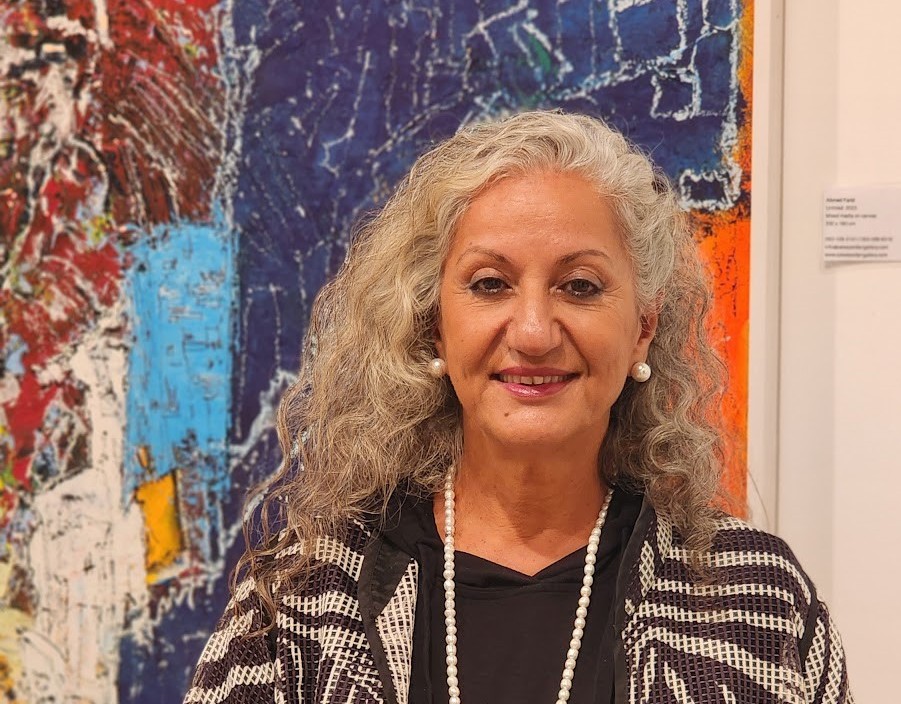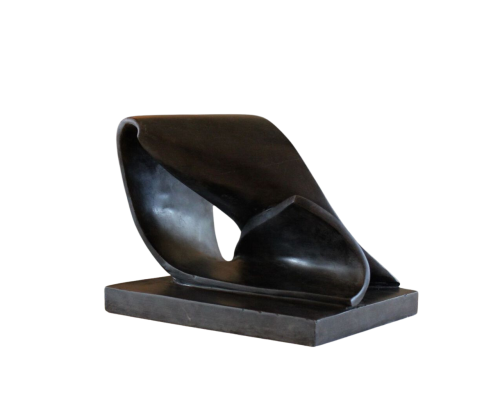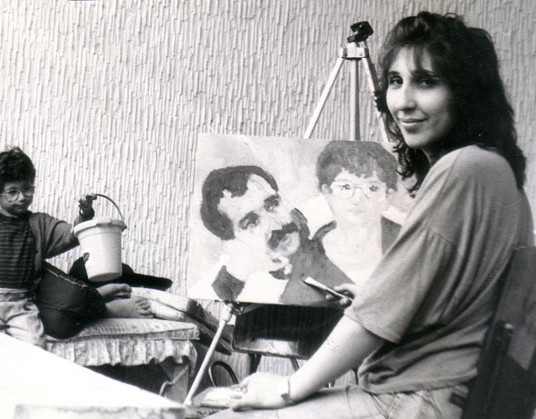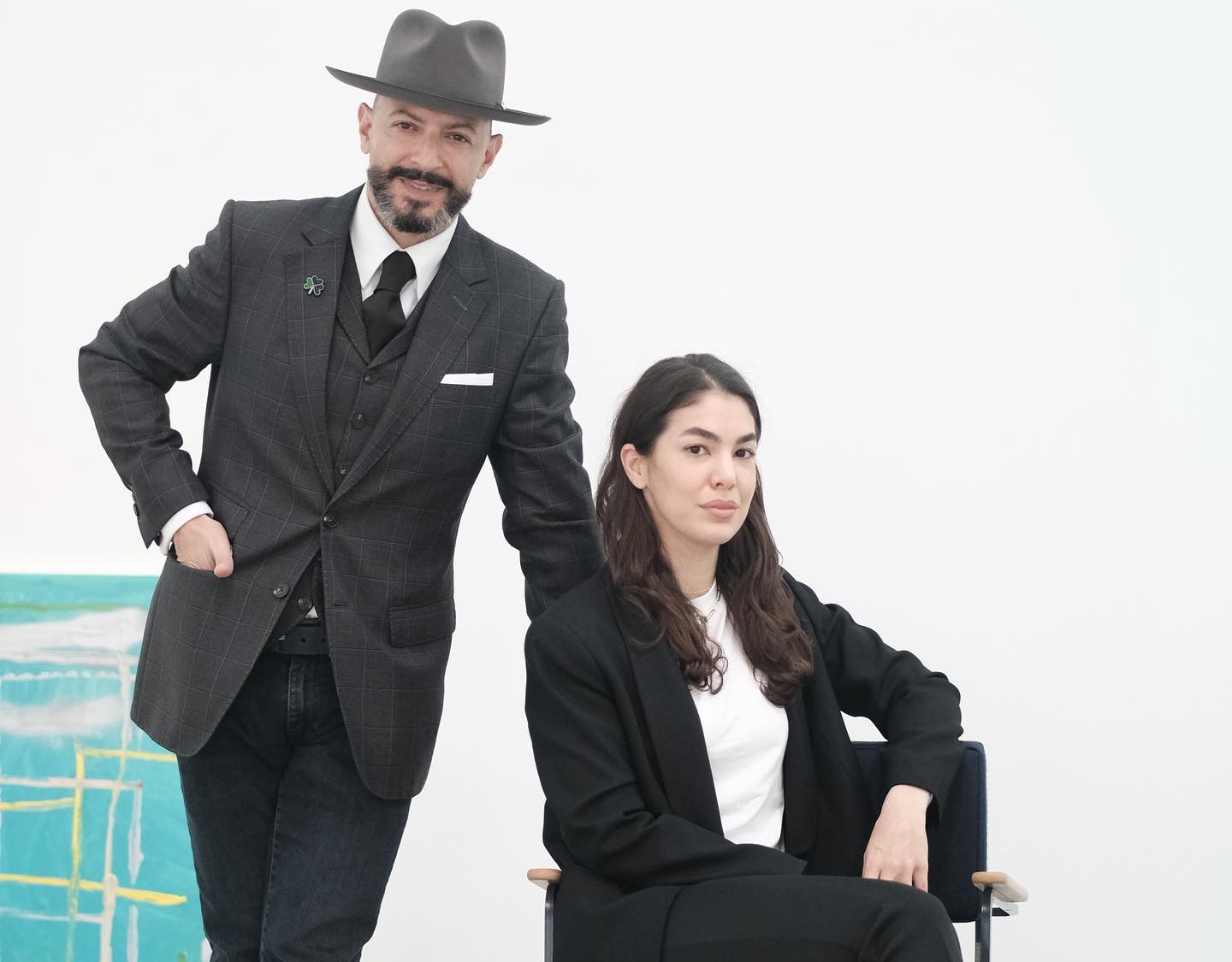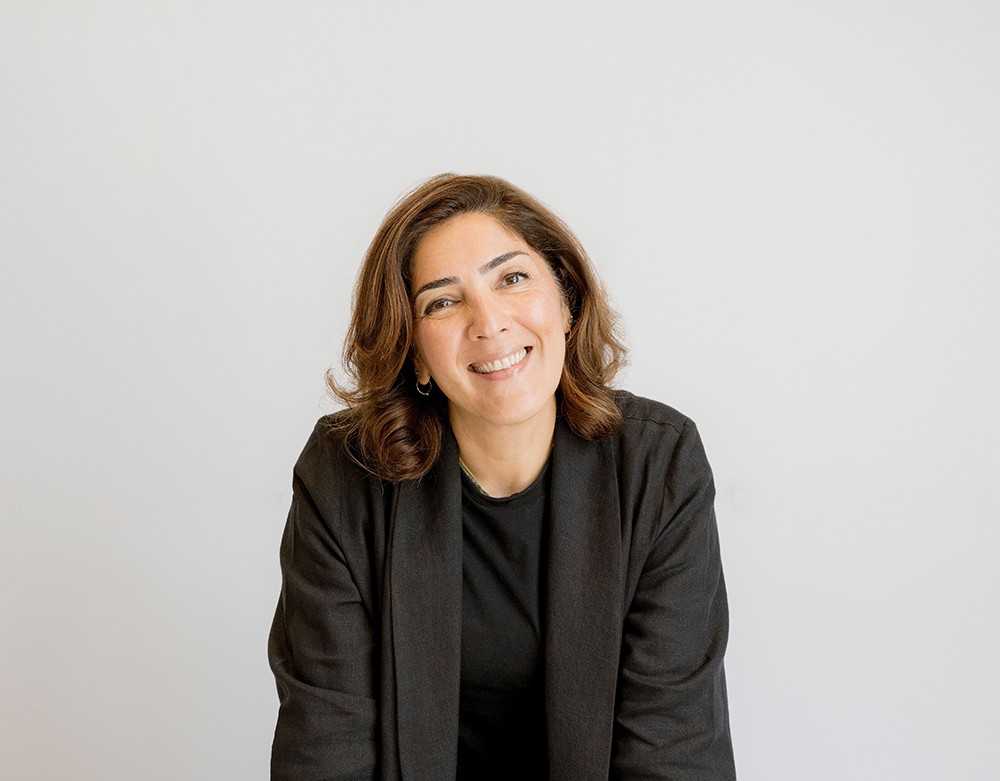Introduction
Self-taught Lebanese artist Salwa Zeidan moved to Abu Dhabi in 1979, residing there for over a decade. In 1994, she launched Zeidan Gallery, the first modern art gallery in Abu Dhabi, dedicating the inaugural exhibition to a group of, now renowned, young Lebanese artists, including Mohammad Rawas and Ali Shams.
Due to the lack of cultural infrastructure in Abu Dhabi during that period and financial pressures, Zeidan closed her gallery in 1995 after a year of operation. After leaving Abu Dhabi, she returned to her homeland, Lebanon, and settled in the Beqaa Valley region. During her years away from Abu Dhabi, Zeidan immersed herself in painting and expanded her knowledge in the field of art history. In 2007, rumors circulated about the burgeoning art scene in Abu Dhabi, and by 2009, with the support of Nahyan bin Mubarak Al Nahyan, the Minister of Culture and Arts at that time, Salwa Zeidan reopened the gallery.
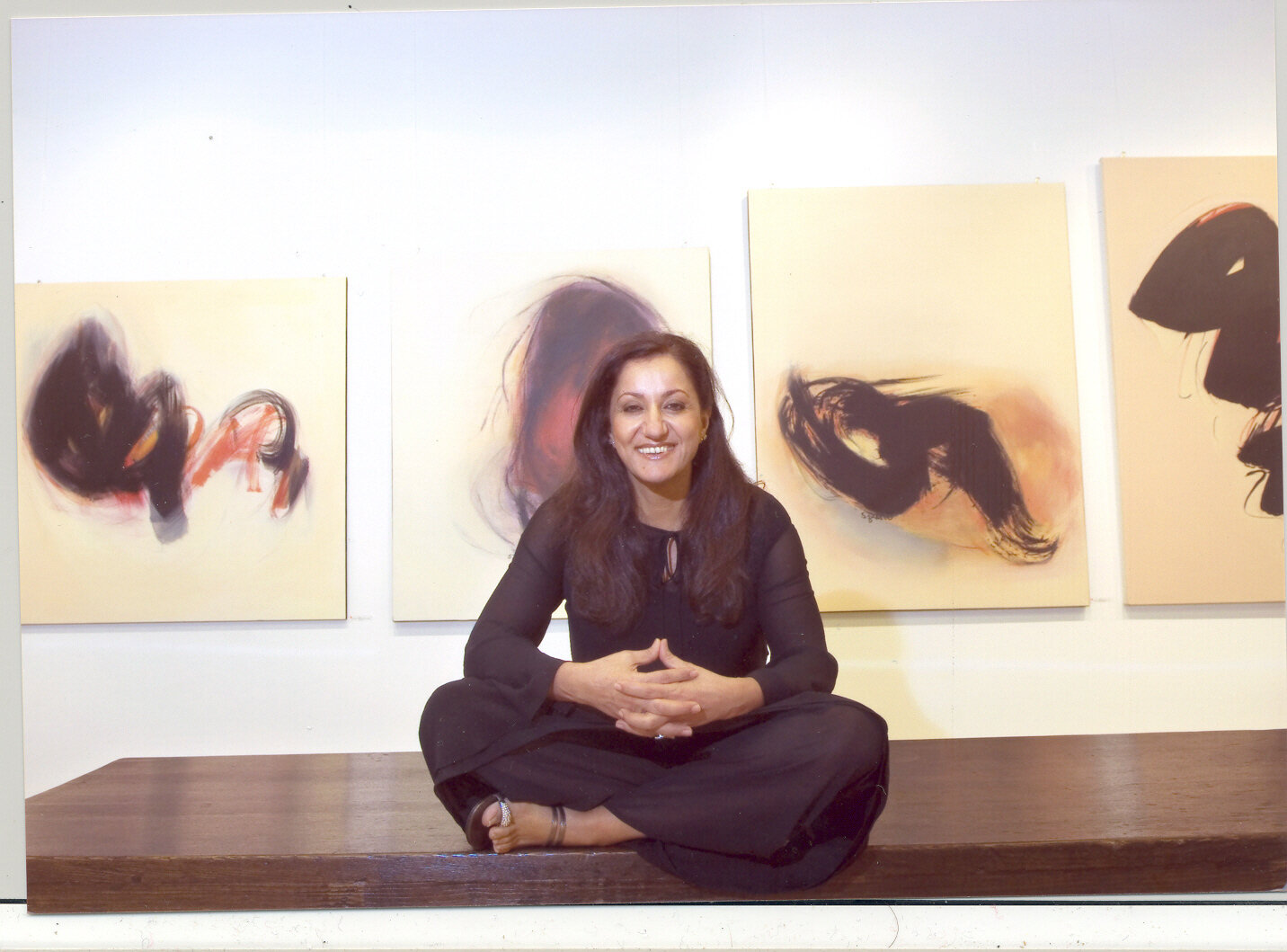 Zeidan Gallery's new venue, located near Sheikh Rashid bin Saeed Street in Abu Dhabi, started its journey with an exhibition showcasing local artists. Zeidan believed that the gallery's first exhibition should be dedicated to Emirati artists, given the limited awareness of the country's art scene among the general public. Following the inaugural exhibition which showcased contemporary Emirati art, the second exhibition featured paintings exclusively by Zeidan.
Zeidan Gallery's new venue, located near Sheikh Rashid bin Saeed Street in Abu Dhabi, started its journey with an exhibition showcasing local artists. Zeidan believed that the gallery's first exhibition should be dedicated to Emirati artists, given the limited awareness of the country's art scene among the general public. Following the inaugural exhibition which showcased contemporary Emirati art, the second exhibition featured paintings exclusively by Zeidan.
Zeidan Gallery stands not just as Abu Dhabi's inaugural art gallery but also as the first in the Middle East to venture into online exhibitions and sales. In 2013, the gallery launched its online platform, actively promoting contemporary artists across various media and broadening global audiences' connection to these artists.
Since the relaunch of Salwa Zeidan Gallery in 2009, the venue has centered its focus on contemporary art. Beyond supporting emerging artists, it has also showcased established regional artists.The gallery embraces a minimalist and artistic approach when choosing artworks, presenting pieces spanning painting, sculpture, installation, photography, and video. It's crucial to emphasize that the selection of artists and artworks displayed in this venue is personally curated by Salwa Zeidan.
Zeidan's unique strategy unfolds in diverse art fairs, including Art Dubai, Frieze, and Art Abu Dhabi. The gallery consistently engages in presenting regional artists on both local and global platforms. Notably, Iranian artists like Arman Stepanian, Barana Saadat, Reza Derakhshani, Hamed Norouzi, and Kourosh Salehi have graced these renowned exhibitions.
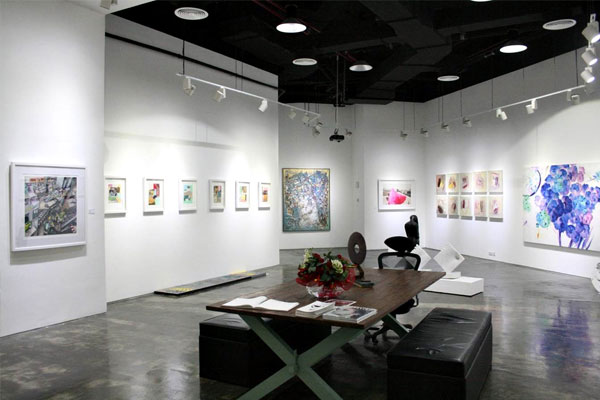
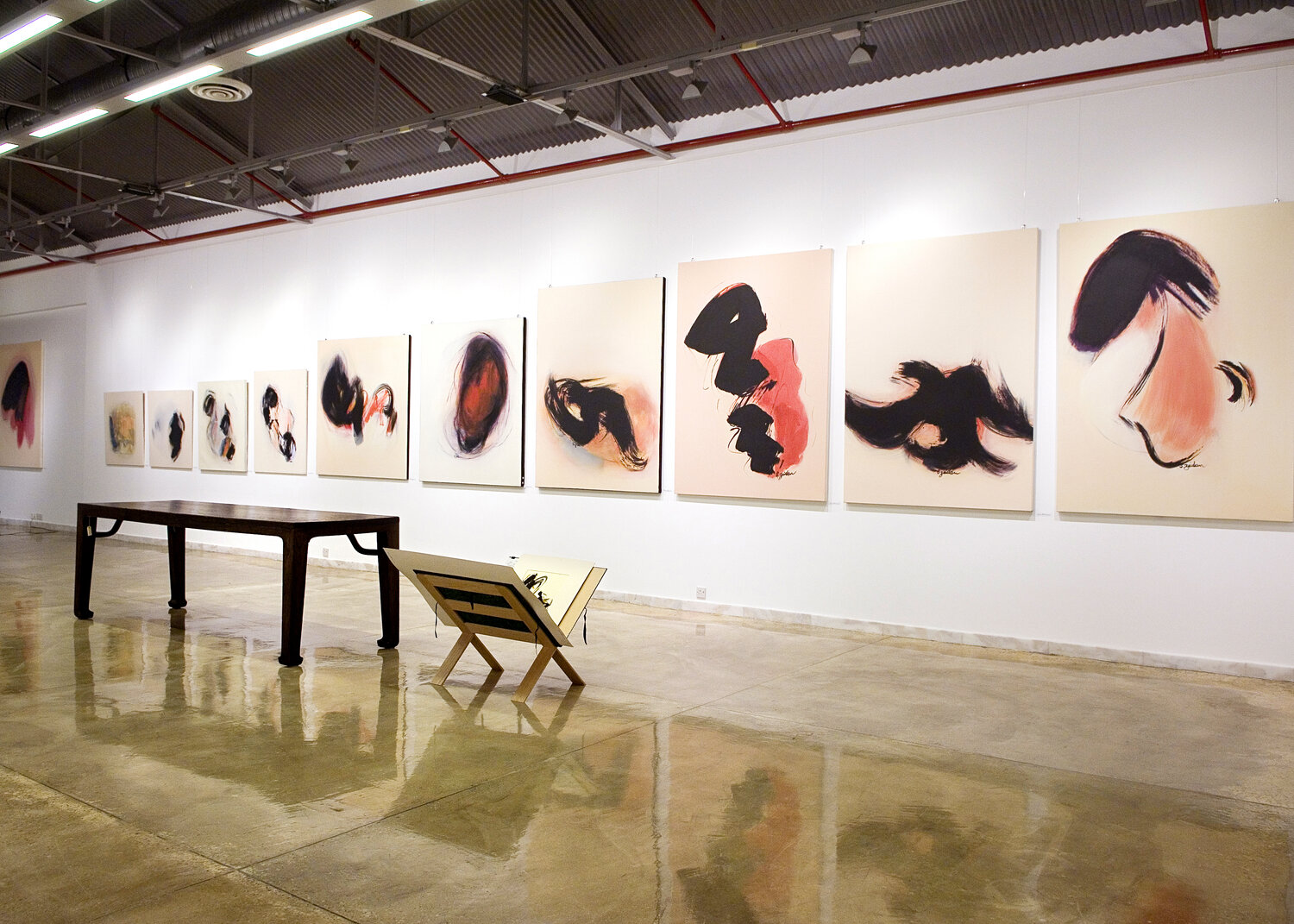
Interview
Why did Salwa Zeidan choose Abu Dhabi to open a gallery? Did any differences between the art markets of Dubai and Abu Dhabi lead to such a decision?
Well, it was purely coincidental because I was living in Abu Dhabi, and I couldn't find any galleries to exhibit my work here. Even in Dubai, there were no galleries. So, some friends, knowing I'm an artist, suggested I should venture and open an art gallery due to my outgoing personality and courage. I was the only one who could afford to open a gallery where we could all exhibit. Consequently, I opened the first physical art gallery in the UAE in 1994. This marked the beginning of an era in art in the UAE, and I had the pleasure of working with prime names, such as Hassan Sharif, Hussein Sharif, Mohamed Kazem, and Mohamed Ahmed Ibrahim, among a few others. These names became the founders of the art scene in the UAE, and now they are among the top artists in the region. They are the ones who shaped the art scene of the country. I collaborated with them when they were young, back when I was young myself. I've stayed and worked here ever since, as there were no art galleries in Abu Dhabi, with most galleries opening in Dubai in early 2008. Now, we're starting to see a few good galleries also opening up.
We have witnessed significant growth in the art scene in the Emirates in the past two decades, especially in Dubai and Abu Dhabi. How do you perceive the UAE art scene?
I'm incredibly proud of the country and what it has become so far. I believe you can't find another country in the whole world that has done as much to elevate its people in art as the UAE. In the past, they recognized the value of art and culture early enough, and they gave their best to create a vibrant art scene with all that they have built—museums, art centers, art foundations. I can’t believe how we started and where the government of the UAE took us—unbelievable progress on all levels. We used to display our works in our studios because there was no market for art. We couldn't have imagined that the art scene would grow this much. We must not forget that people here have money, and as we all know, a good art market creates new collectors, and good collectors create a great art market, and so on.
Salwa Zeidan has a history of working with Iranian artists, from young ones such as Barana Sadat and Hamed Norouzi to more established ones like Reza Derakhshani. What stages do you go through to choose these artists, and what are your criteria?
I've connected with some established artists, such as Derakhshani, but I also always receive submissions from younger artists who send me their portfolios. Let me tell you, when it comes to representing an artist or selling their artwork, my genuine love and appreciation for their work are non-negotiable.
One of the main procedures of running a gallery is to focus on one section of the art markets, while Salwa Zeidan works with both emerging and well-established artists. Why did you choose such a strategy, and what were the benefits?
The strategy of working with both emerging and well-established artists allows Salwa Zeidan's gallery to have a diverse and dynamic selection of artworks. By focusing on both segments of the art market, the gallery can cater to the different tastes and preferences of art collectors. This strategy also allows the gallery to support and promote emerging artists, giving them a platform to showcase their talent and gain exposure. Additionally, working with well-established artists helps attract a wider audience and establish the gallery's reputation in the art world.
The benefits of this strategy are manifold. Firstly, it helps to create a vibrant and engaging art collection that appeals to a wide range of art enthusiasts. This diversity also contributes to the gallery's ability to foster dialogue and exchange between different artistic generations. Secondly, by working with emerging artists, the gallery can tap into the potential of discovering new talent and nurturing their artistic careers. This can be rewarding for both the artists and the gallery, allowing for long-term relationships to be built. Lastly, by collaborating with well-established artists, the gallery can benefit from its already established following and reputation, thus attracting more attention and potential buyers.
You are among the first online galleries in the Middle East. What is your experience regarding the online sale of artwork? What is the state of the online section in your gallery for now?
As one of the first online galleries in the region, Salwa Zeidan's gallery has significant experience in the online sale of artworks. The online section of the gallery provides a convenient platform for art enthusiasts to browse and purchase artworks from the comfort of their own homes, transcending geographical boundaries. Regarding the state of the online section in the gallery, it would be best to consult the gallery's website or reach out to their customer service for the most up-to-date information. However, generally speaking, online sales have become increasingly popular in recent years.
